World News
How Newsom’s China trip could boost climate change research — and his political profile on November 4, 2023 at 6:00 pm
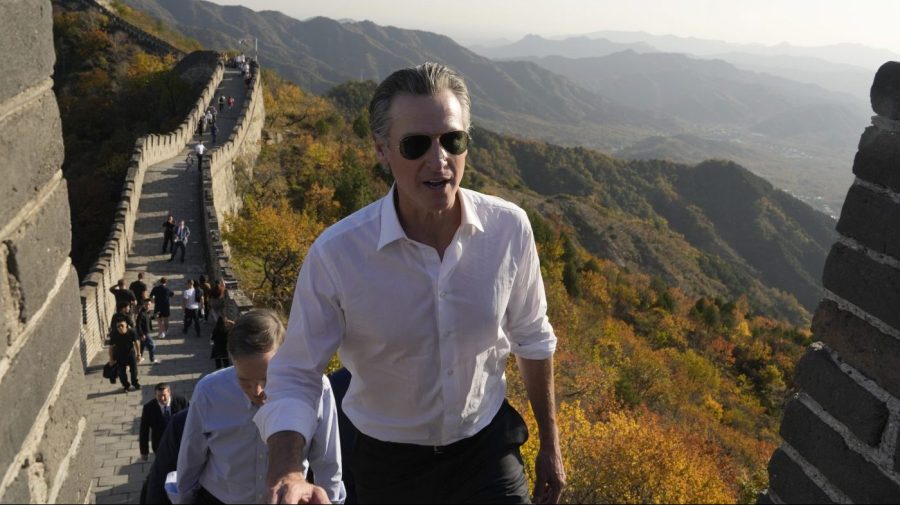
California Gov. Gavin Newsom’s (D) recent trip to China may have far-reaching implications both for the fight against climate change and his political future.
Public policy experts agreed the visit could become a catalyst for advances in critical climate change research, while also elevating the governor’s stature on the national political stage.
“It’s a very surprising move that he went so engagement-oriented, at a time when engagement is seen as a dirty word by some people,” Alex Wang, a law professor at the University of California Los Angeles, told The Hill.
Wang, who also co-directs UCLA’s Emmett Institute on Climate Change and the Environment, was referring to a global era of geopolitical tension, in which having such vocal support from leaders represents “a green light for more collaboration.”
“If you believe that we need to move as quickly as possible on climate action and climate research, then this seems like a positive,” Wang said.
“What do these types of trips do? They send the political signals and they lay the groundwork for subsequent work,” he added.
Newsom’s visit to China — which followed a brief stop in Israel — was the first such trip made by an American governor in more than four years and in part served to thaw tensions between the countries, his office stated.
The trip, according to Newsom’s team, prioritized three goals: advancing climate action, promoting economic development and tourism, and strengthening cultural bonds. It also involved meetings with high-level officials, including President Xi Jinping.
Newsom, who is widely believed to harbor presidential ambitions, refrained from addressing whether the trip has bolstered his image on the national stage — noting during the press call that these considerations were not a reason for the trip.
But from an outsider’s perspective, Thad Kousser, a political science professor at the University of California San Diego, told The Hill he believes the trip offered Newsom the opportunity “to be taken seriously as a presidential contender.”
“The image of you sitting next to the leader of the second most powerful country in the world elevates your image,” he continued.
“It comes with risks, as well as positives, but when you’re sitting next to President Xi, people can envision you as President Newsom,” Kousser added.
Building a bridge on climate action
Since his return stateside last weekend, the governor and his staff members have been touting the trip’s achievements in the geopolitical and climate change arenas.
“This is a governor who cares about climate, has been looking for a signature accomplishment on climate,” Kousser noted.
During the trip — which included meetings in Hong Kong, Guangdong, Jiangsu, Beijing and Shanghai — California and various Chinese entities signed five memoranda of understanding (MOUs) that focus on forging new climate partnerships.
The subjects of these memoranda included partnerships on the deployment of offshore wind and other renewables, climate change adaptation and mitigation, industrial decarbonization and the creation of a future green shipping corridor between Los Angeles and Shanghai.
“If these MOUs turn into concrete actions, if the conversations lead to collaboration, this could be part of the legacy that he’s trying to build,” Kousser said of the governor.
Newsom expressed confidence that these documents are not aspirational and that they are being “taken very, very seriously” by Chinese officials.
“It was mentioned in multiple big meetings,” the governor said during the Tuesday press call. “When they make commitments, they aim to keep them.”
While Wang viewed these comments as a possible attempt to persuade reporters the MOUs “aren’t just symbolic,” he said he sees them as significant nonetheless.
“If China is in the mood and has interest in getting something out of these meetings, the MOUs are very strong enablers of the people who want to do those things within the system,” he said.
Since Newsom has met with Xi, there could be no “clearer signal that it’s okay to work with California,” Wang added.
Meetings between Newsom and Chinese officials also led to the issuance of a joint declaration on subnational climate cooperation — including actions such as aggressive cuts in greenhouse gas emissions, shifts away from fossil fuels and the development of renewables.
Later this month, California officials also plan to engage with Chinese counterparts at the Asia-Pacific Economic Cooperation (APEC) forum in San Francisco and at the United Nations Climate Change Conference (COP28) in Dubai, the governor’s office stated.
Ahead of APEC — where President Biden is expected to meet with Xi — Newsom said his trip “was an opportunity to build some momentum” and reinvigorate well-established partnerships.
As far as COP28 is concerned, the governor’s office said California’s delegation would be partaking in bilateral meetings with representatives from China and other critical partners.
“For me, it’s simple. California can’t solve its climate crisis alone — it needs partners,” Newsom told reporters on a Tuesday press call.
“The United States can’t either,” he continued. “Without the partnership of China, the globe is ultimately impacted.”
Newsom noted during the press call that China’s growing electric vehicle (EV) market has “taken off” and described the country as being “at a next level, in terms of their investments in the offshore wind.”
As California grapples with how to streamline its clean energy deployment and continue its path of rapid implementation, Wang stressed the state has a lot to learn from China.
He emphasized China “is by far the world leader” when it comes to its rapid deployment of clean energy infrastructure and electric transportation.
Although Wang acknowledged China’s looser protections on property rights and its streamlined participation process, he stressed these are not the only factors that have led to success.
“What is also true is that there has been a tremendous amount of policy and fiscal support for these things,” he said.
China’s transition hasn’t been perfect, but one advantage of ongoing engagement is the willingness of each side to admit their respective problems, Wang added.
In a post-trip wrap-up from Newsom’s office, his team went so far as to declare “the fate of the world releases on climate cooperation with China.”
Noting that pollution doesn’t stop at borders, the wrap-up posed two choices: refuse to collaborate with the world’s biggest emitter or find areas of commonality. California, the report declared, could “serve as a bridge on one of the most consequential issues of our time.”
Laying the groundwork for future collaboration
While Newsom’s trip to China was primarily focused on climate collaboration, his conversations touched upon other topics in the Golden State’s interests and of international focus.
During his post-trip press call, the governor recalled discussions of human rights issues, Taiwan and democracy in Tibet during his meetings with high-level Chinese officials, including Xi. He also recounted conversations about fentanyl and the drug’s precursors, many of which are produced in China.
Recognizing the inherent uncertainties linked to engagement with China, Kousser credited Newsom for pushing Xi on certain issues and for posing “very tough questions.”
For example, Kousser continued, the governor took “a big objection to American action on climate change” — the idea the U.S. shouldn’t act if China doesn’t — and faced it “head on by grabbing China’s hand and pulling it with us.”
These broader geopolitical considerations notwithstanding, Newsom reiterated a main goal of his trip: to present California as a stable partner and change-maker in the energy sector.
“Regardless of the prevailing winds in Washington, D.C., California continues to dominate in this space,” the governor said.
Stepping back and evaluating the trip in general, Wang said he couldn’t think of anything he would have liked to see happen that didn’t.
“He wanted to change the tenor of things, shift the direction of things and to lay the groundwork for future work,” the professor added of Newsom. “I think it really was successful in that regard.”
At the same time, however, Wang said he didn’t think the visit would open doors for future federal partnerships between the two countries.
U.S.-funded research projects do already exist in China, but agency-to-agency partnerships have wavered — coming to a halt during the Trump administration, according to Wang.
“There’s a political risk for Americans to do that kind of collaboration,” he added.
For his part, Newsom stressed that he visited China neither as a secretary of State nor as a representative of the Biden administration.
“I went there as governor of California,” he said. “I went there with longstanding relationships to China that go back decades.”
California Gov. Gavin Newsom’s (D) recent trip to China may have far-reaching implications both for the fight against climate change and his political future. Public policy experts agreed the visit could become a catalyst for advances in critical climate change research, while also elevating the governor’s stature on the national political stage. “It’s a very surprising…
Politics
Will Kim Ju Ae Become North Korea’s First Female Leader?

A New Face of Power in Pyongyang
In a country defined by secrecy and dynastic rule, the recent emergence of Kim Ju Ae—the daughter of North Korean leader Kim Jong Un—on the national and international stage has sparked intense speculation about the future of the world’s most isolated regime. For the first time since North Korea’s founding in 1948, the possibility of a female leader is being openly discussed, as state media and public ceremonies increasingly feature the teenage girl at her father’s side.
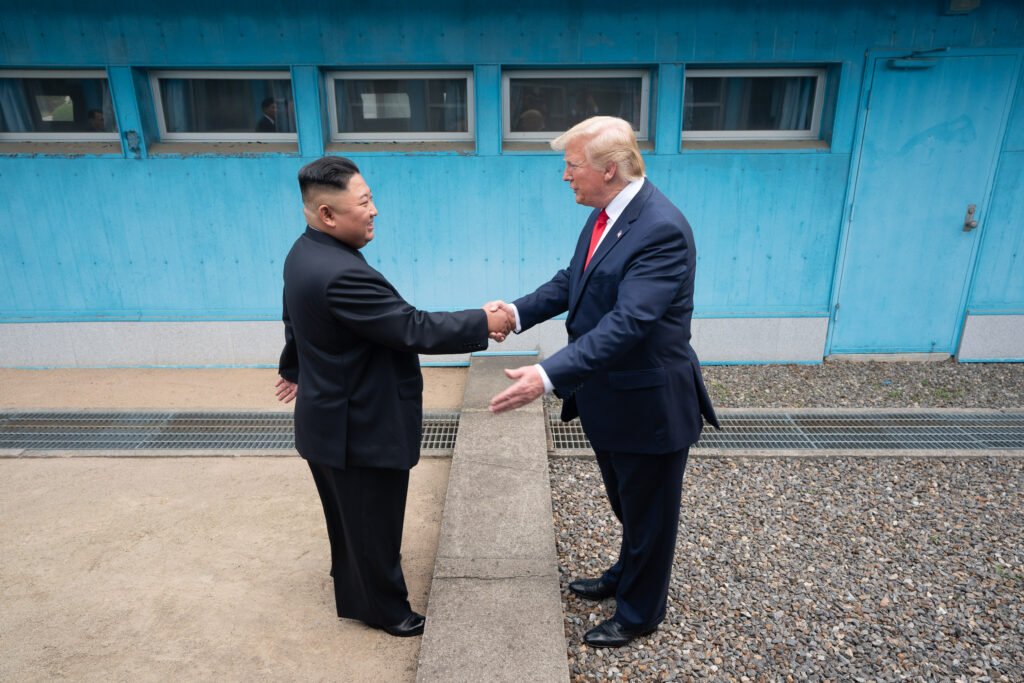
Kim Ju Ae’s Rise to Prominence
Kim Ju Ae, believed to be around 12 or 13 years old, first came to the world’s attention in 2013 when former NBA star Dennis Rodman revealed he had held Kim Jong Un’s daughter during a visit to Pyongyang. However, she remained out of the public eye until November 2022, when she appeared beside her father at the launch of an intercontinental ballistic missile—a powerful symbol in North Korean propaganda.

Since then, Ju Ae has become a regular fixture at high-profile events, from military parades and weapons launches to the grand opening of a water park and the unveiling of new naval ships. Her repeated appearances are unprecedented for a member of the Kim family so young, especially a girl, and have led South Korean intelligence officials to suggest she is being groomed as her father’s successor.
The Power of Propaganda
North Korea’s state media has shifted its language regarding Ju Ae, referring to her as “beloved” and, more recently, “respected”—a term previously reserved for the nation’s highest dignitaries. Analysts believe this is part of a carefully orchestrated campaign to build her public profile and legitimize her as a future leader, signaling continuity and stability for the regime.
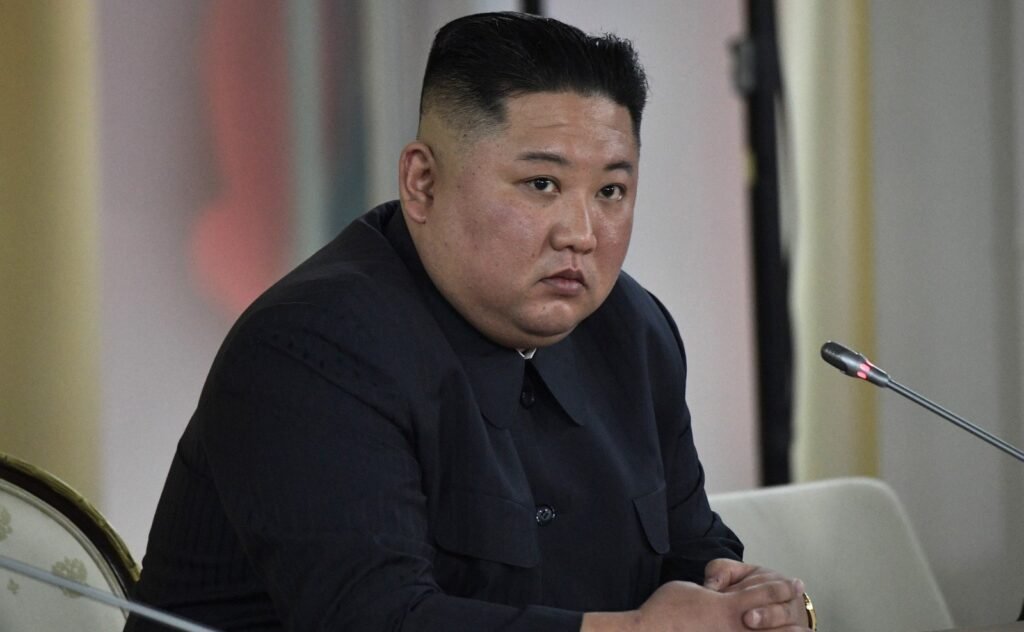
Presenting Ju Ae as the face of the next generation serves several purposes:
- Demonstrating dynastic continuity: By showcasing his daughter, Kim Jong Un assures elites and the public that the Kim family’s grip on power will persist.
- Minimizing internal threats: A young female successor is less likely to attract rival factions or pose an immediate threat to the current leadership.
- Projecting a modern image: Her presence at both military and civilian events signals adaptability and a potential shift in North Korea’s traditionally patriarchal leadership structure.

Breaking with Tradition?
If Ju Ae is indeed being positioned as the next leader, it would mark a historic break from North Korea’s deeply patriarchal system. The country has never had a female ruler, and its military and political elite remain overwhelmingly male. However, her growing public profile and the respect shown to her by senior officials suggest that the regime is preparing the nation for the possibility of her ascension.
The only other woman with significant visibility and influence in the regime is Kim Yo Jong, Kim Jong Un’s younger sister, who has become a powerful figure in her own right, especially in matters of propaganda and foreign policy.
A Nation Divided, a Dynasty Endures
While the Kim family’s hold on North Korea appears unshakable, the country remains divided from South Korea by a heavily militarized border. Many families have been separated for generations, with little hope for reunification in the near future. As the Kim dynasty prepares its next generation for leadership, the longing for family reunions and peace persists on both sides of the border.
The Road Ahead
Kim Ju Ae’s future remains shrouded in mystery, much like the country she may one day lead. Her carefully managed public appearances, the reverence shown by state media, and her father’s apparent efforts to secure her place in the succession line all point to a regime intent on preserving its legacy while adapting to new realities. Whether North Korea is truly ready for its first female leader is uncertain, but the groundwork is clearly being laid for a new chapter in the Kim dynasty.
Business
Pros and Cons of the Big Beautiful Bill

The “Big Beautiful Bill” (officially the One Big Beautiful Bill Act) is a sweeping tax and spending package passed in July 2025. It makes permanent many Trump-era tax cuts, introduces new tax breaks for working Americans, and enacts deep cuts to federal safety-net programs. The bill also increases spending on border security and defense, while rolling back clean energy incentives and tightening requirements for social programs.

Pros
1. Tax Relief for Middle and Working-Class Families
- Makes the 2017 Trump tax cuts permanent, preventing a scheduled tax hike for many Americans.
- Introduces new tax breaks: no federal income tax on tips and overtime pay (for incomes under $150,000, with limits).
- Doubles the Child Tax Credit to $2,500 per child through 2028.
- Temporarily raises the SALT (state and local tax) deduction cap to $40,000.
- Creates “Trump Accounts”: tax-exempt savings accounts for newborns.
2. Support for Small Businesses and Economic Growth
- Makes the small business deduction permanent, supporting Main Street businesses.
- Expands expensing for investment in short-lived assets and domestic R&D, which is considered pro-growth.
3. Increased Spending on Security and Infrastructure
- Allocates $175 billion for border security and $160 billion for defense, the highest peacetime military budget in U.S. history.
- Provides $12.5 billion for air traffic control modernization.
4. Simplification and Fairness in the Tax Code
- Expands the Earned Income Tax Credit (EITC) and raises marginal rates on individuals earning over $400,000.
- Closes various deductions and loopholes, especially those benefiting private equity and multinational corporations.

Cons
1. Deep Cuts to Social Safety Net Programs
- Cuts Medicaid by approximately $930 billion and imposes new work requirements, which could leave millions without health insurance.
- Tightens eligibility and work requirements for SNAP (food assistance), potentially removing benefits from many low-income families.
- Rolls back student loan forgiveness and repeals Biden-era subsidies.
2. Increases the Federal Deficit
- The bill is projected to add $3.3–4 trillion to the federal deficit over 10 years.
- Critics argue that the combination of tax cuts and increased spending is fiscally irresponsible.
3. Benefits Skewed Toward the Wealthy
- The largest income gains go to affluent Americans, with top earners seeing significant after-tax increases.
- Critics describe the bill as the largest upward transfer of wealth in recent U.S. history.
4. Rollback of Clean Energy and Climate Incentives
- Eliminates tax credits for electric vehicles and solar energy by the end of 2025.
- Imposes stricter requirements for renewable energy developers, which could lead to job losses and higher electricity costs.

5. Potential Harm to Healthcare and Rural Hospitals
- Reduces funding for hospitals serving Medicaid recipients, increasing uncompensated care costs and threatening rural healthcare access.
- Tightens verification for federal premium subsidies under the Affordable Care Act, risking coverage for some middle-income Americans.
6. Public and Political Backlash
- The bill is unpopular in public polls and is seen as a political risk for its supporters.
- Critics warn it will widen the gap between rich and poor and reverse progress on alternative energy and healthcare.
Summary Table
| Pros | Cons |
|---|---|
| Permanent middle-class tax cuts | Deep Medicaid and SNAP cuts |
| No tax on tips/overtime for most workers | Millions may lose health insurance |
| Doubled Child Tax Credit | Adds $3.3–4T to deficit |
| Small business support | Benefits skewed to wealthy |
| Increased border/defense spending | Clean energy incentives eliminated |
| Simplifies some tax provisions | Threatens rural hospitals |
| Public backlash, political risk |
In summary:
The Big Beautiful Bill delivers significant tax relief and new benefits for many working and middle-class Americans, but it does so at the cost of deep cuts to social programs, a higher federal deficit, and reduced support for clean energy and healthcare. The bill is highly polarizing, with supporters touting its pro-growth and pro-family provisions, while critics warn of increased inequality and harm to vulnerable populations.
Business
Trump Threatens to ‘Take a Look’ at Deporting Elon Musk Amid Explosive Feud
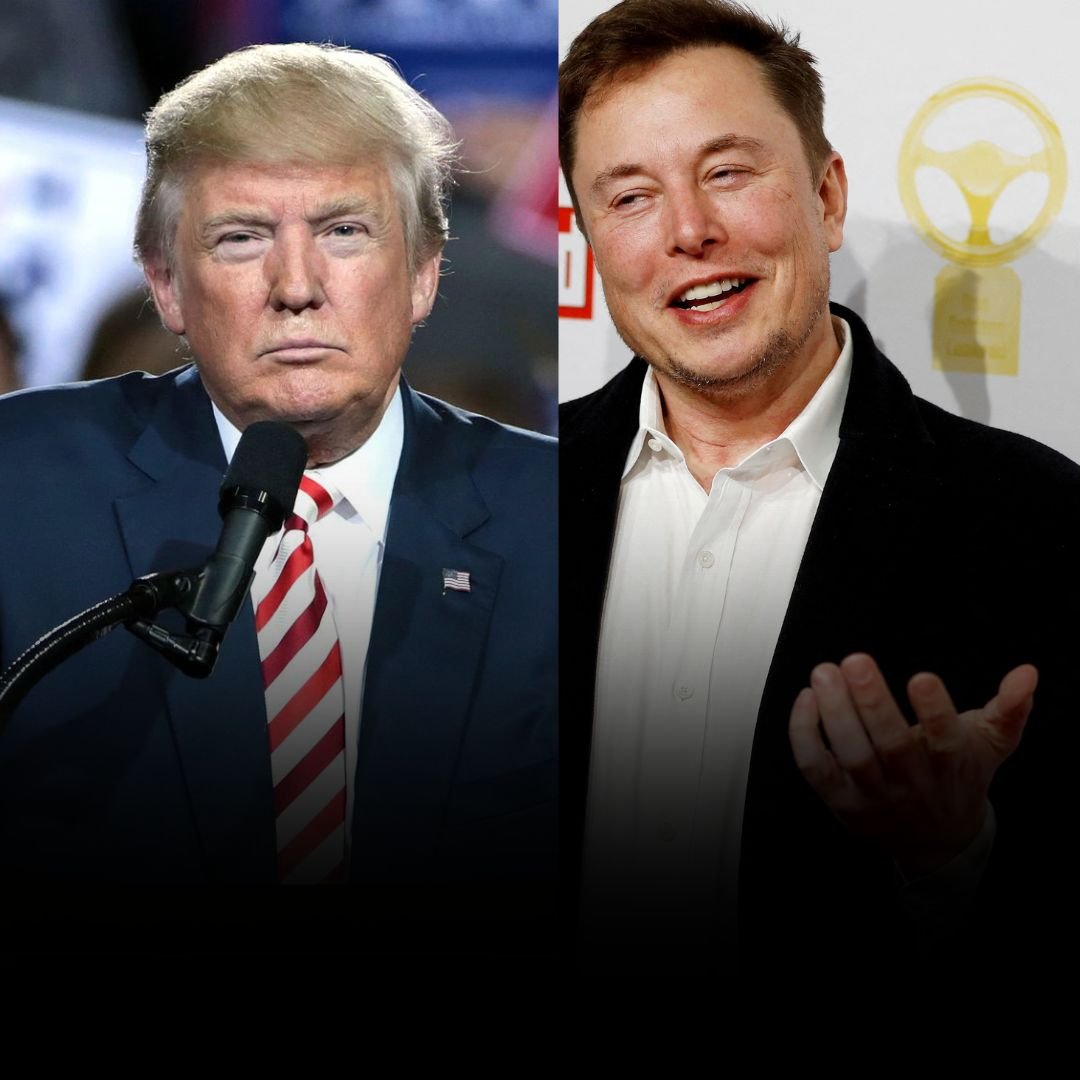
The escalating conflict between President Donald Trump and Elon Musk reached a new peak this week, as Trump publicly suggested he would consider deporting the billionaire entrepreneur in response to Musk’s fierce criticism of the president’s signature tax and spending bill.
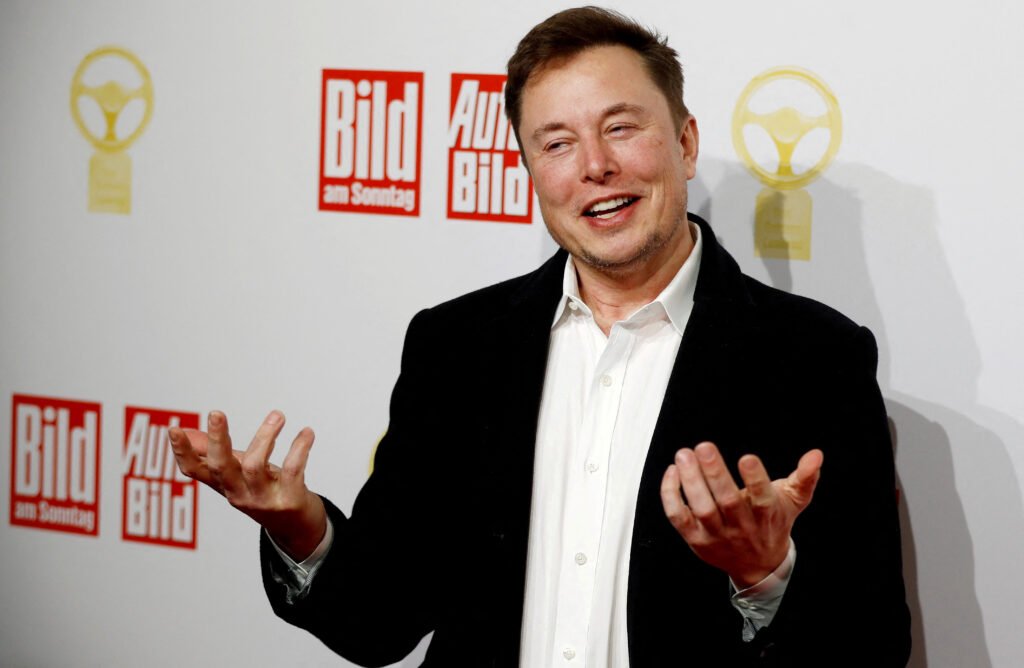
“I don’t know, we’ll have to take a look,” Trump told reporters on Tuesday when asked directly if he would deport Musk, who was born in South Africa but has been a U.S. citizen since 2002.
This threat followed a late-night post on Trump’s Truth Social platform, where he accused Musk of being the largest recipient of government subsidies in U.S. history. Trump claimed that without these supports, Musk “would likely have to shut down operations and return to South Africa,” and that ending such subsidies would mean “no more rocket launches, satellites, or electric vehicle production, and our nation would save a FORTUNE”.
Trump also invoked the Department of Government Efficiency (DOGE)—a federal agency Musk previously led—as a potential tool to scrutinize Musk’s companies. “We might have to put DOGE on Elon. You know what DOGE is? The DOGE is the monster that might have to go back and eat Elon,” Trump remarked, further intensifying the feud.
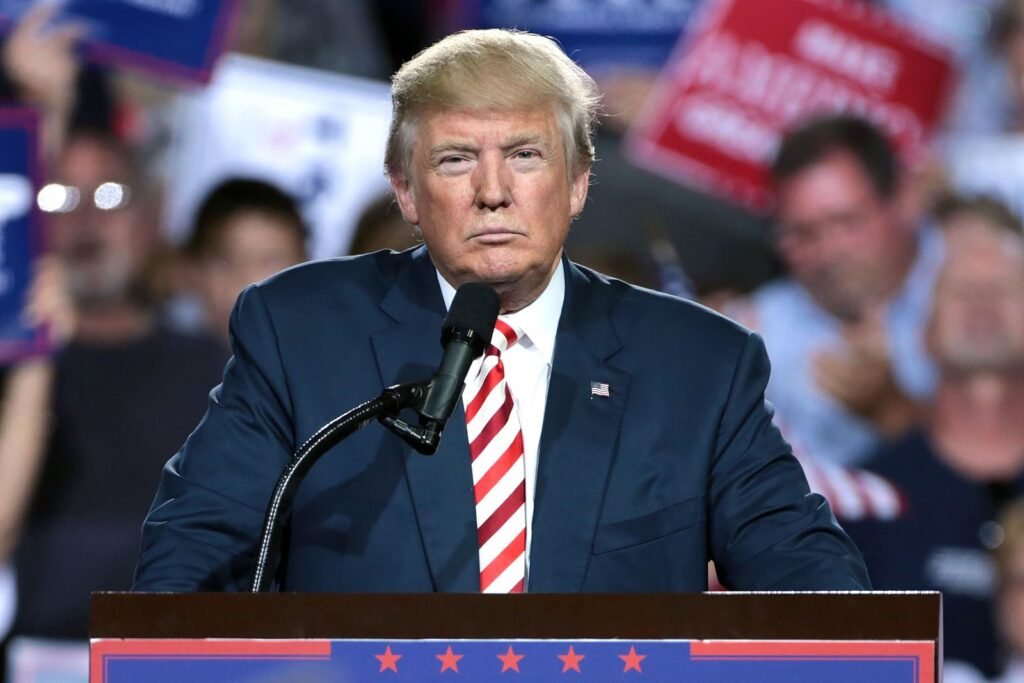
Background to the Feud
The rupture comes after Musk’s repeated attacks on Trump’s so-called “Big, Beautiful Bill,” a comprehensive spending and tax reform proposal that Musk has labeled a “disgusting abomination” and a threat to the nation’s fiscal health. Musk, once a Trump ally who contributed heavily to his election campaign and served as a government advisor, has called for the formation of a new political party, claiming the bill exposes the need for an alternative to the current two-party system.
In response, Trump’s allies have amplified questions about Musk’s citizenship and immigration history, with some suggesting an investigation into his naturalization process. However, legal experts note that deporting a naturalized U.S. citizen like Musk would be extremely difficult. The only path would involve denaturalization—a rare and complex legal process requiring proof of intentional fraud during the citizenship application, a standard typically reserved for the most egregious cases.
Political Fallout
Musk’s criticism has rattled some Republican lawmakers, who fear the feud could undermine their party’s unity ahead of the 2026 midterm elections. Meanwhile, Musk has doubled down on his opposition, warning he will support primary challengers against Republicans who back Trump’s bill.
Key Points:
- Trump has publicly threatened to “take a look” at deporting Elon Musk in retaliation for Musk’s opposition to his legislative agenda.
- Legal experts say actual deportation is highly unlikely due to the stringent requirements for denaturalizing a U.S. citizen.
- The feud marks a dramatic reversal from the pair’s earlier alliance, with both men now trading barbs over social media and in public statements.
As the dispute continues, it has become a flashpoint in the broader debate over government spending, corporate subsidies, and political loyalty at the highest levels of American power.

 Business1 week ago
Business1 week agoPros and Cons of the Big Beautiful Bill

 Advice3 weeks ago
Advice3 weeks agoWhat SXSW 2025 Filmmakers Want Every New Director to Know

 Film Industry3 weeks ago
Film Industry3 weeks agoFilming Yourself and Look Cinematic

 News2 weeks ago
News2 weeks agoFather Leaps Overboard to Save Daughter on Disney Dream Cruise

 Health2 weeks ago
Health2 weeks agoMcCullough Alleges Government Hid COVID Vaccine Side Effects

 Advice2 weeks ago
Advice2 weeks agoWhy 20% of Us Are Always Late

 Advice2 weeks ago
Advice2 weeks agoHow to Find Your Voice as a Filmmaker

 Entertainment4 weeks ago
Entertainment4 weeks agoThe Hidden Reality Behind Victoria’s Secret





























